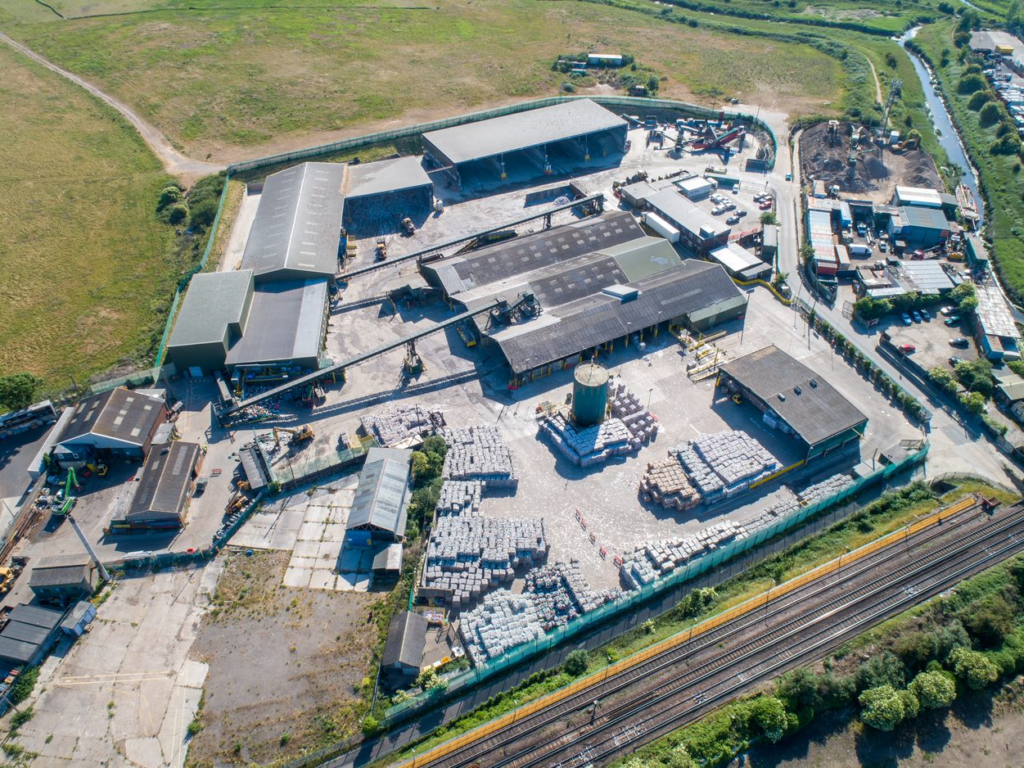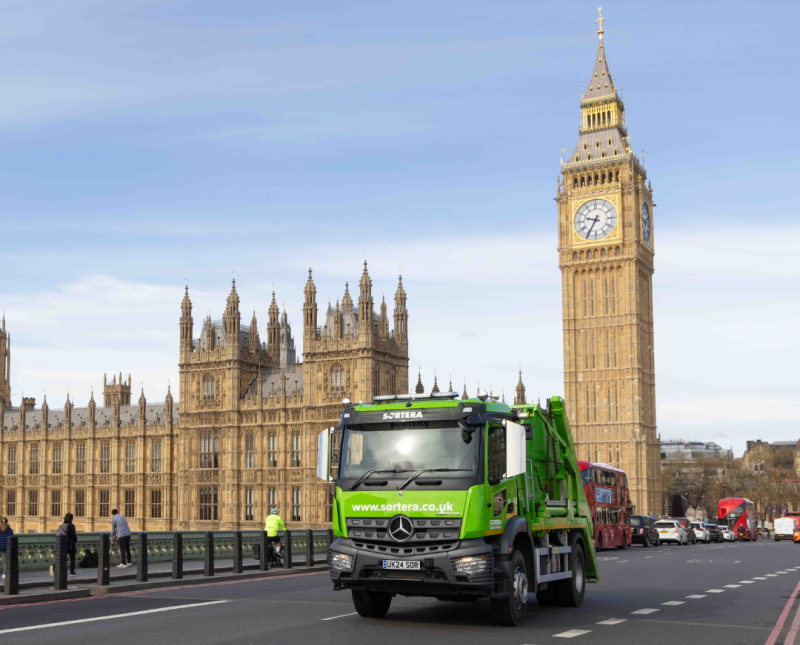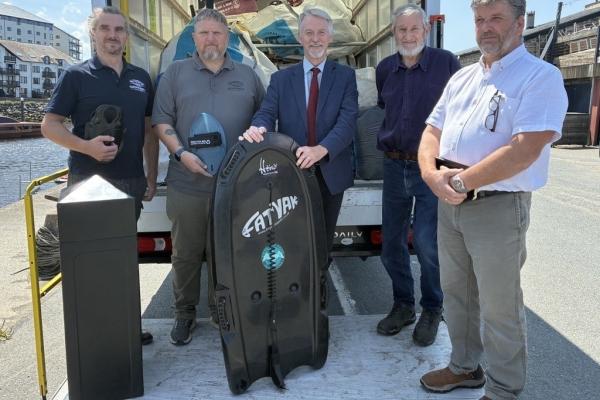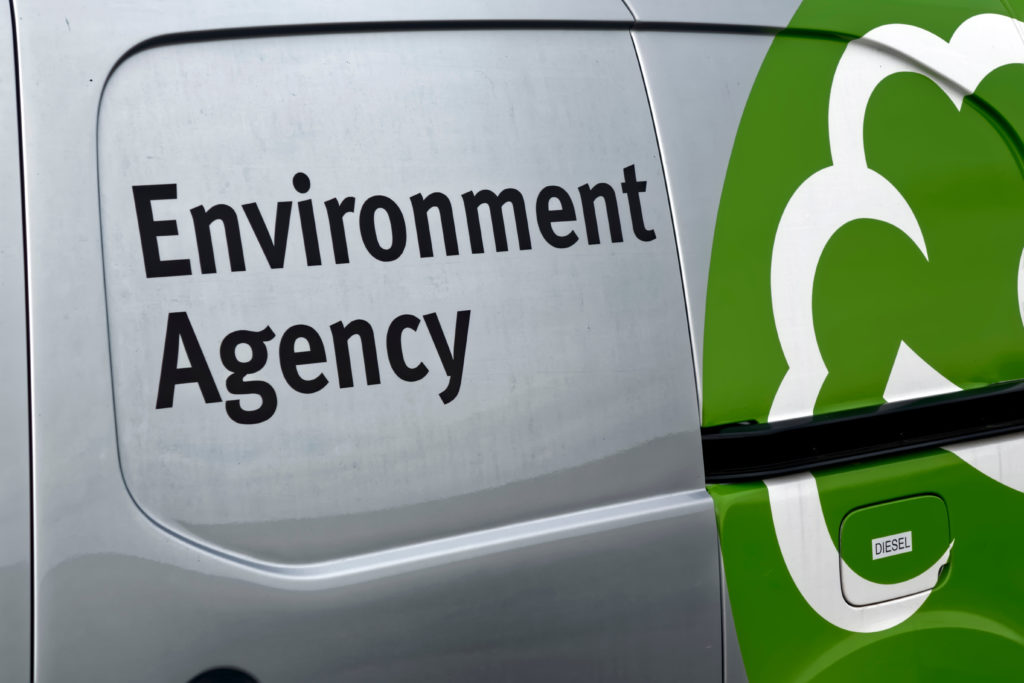The prediction was made in a report by the consultancy firm Monksleigh into the MRF market, the second report the company has written.
Published this month, the report covers the 2022 calendar year and found that overall MRF tonnages fell by 3% year-on-year to 4.1 million tonnes. This was from 107 MRFs across the country, down one from 2021.
However, Monskleigh said that the net effect of loss of materials to DRS, and the increase of collected target materials, leads it to assume that tonnage of local authority materials to MRFs will increase by a net c. 500,000 tonnes per annum.
This increase will, however, be masked by reporting in the future as a wider range of MRFs fall into the reporting requirements.
The report said tonnage capacity in existing MRFs is likely to be limited due to permitting and space constraints and may indeed drop as the mix of material that is received in the future is likely to have a lower bulk density (i.e. similar volume capacity of conveyors but reduced tonnage capacity).
Contamination
The median residual/non-recyclable tonnage across all MRF sizes is 9.6% and the mean/average 11.5% (up from 11.4%), but the distribution is skewed by several readings with contamination levels at 30% or more.
The non-target material, whilst recyclable, may or may not be recycled, and therefore may be included by some commentators as additional contamination
The data suggests that there is no direct correlation between high ‘contamination’ and either commercial or local authority delivered materials.

Market share
Elsewhere in the report, Biffa remained the largest MRF operator in the country with 17% of the market share by tonnage in 2022, down from 18%.
Biffa were followed by Veolia, N&P Crayford and Suez.
Useful link
The Monksleigh report can be read here.








Subscribe for free